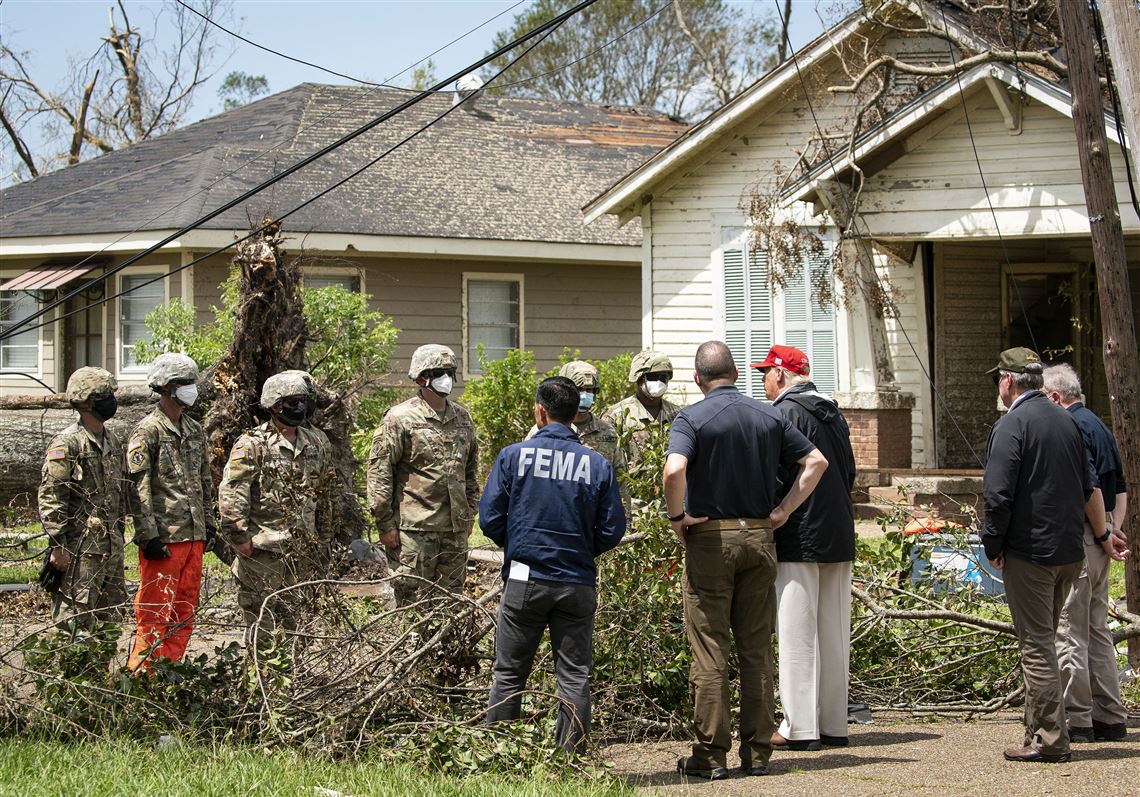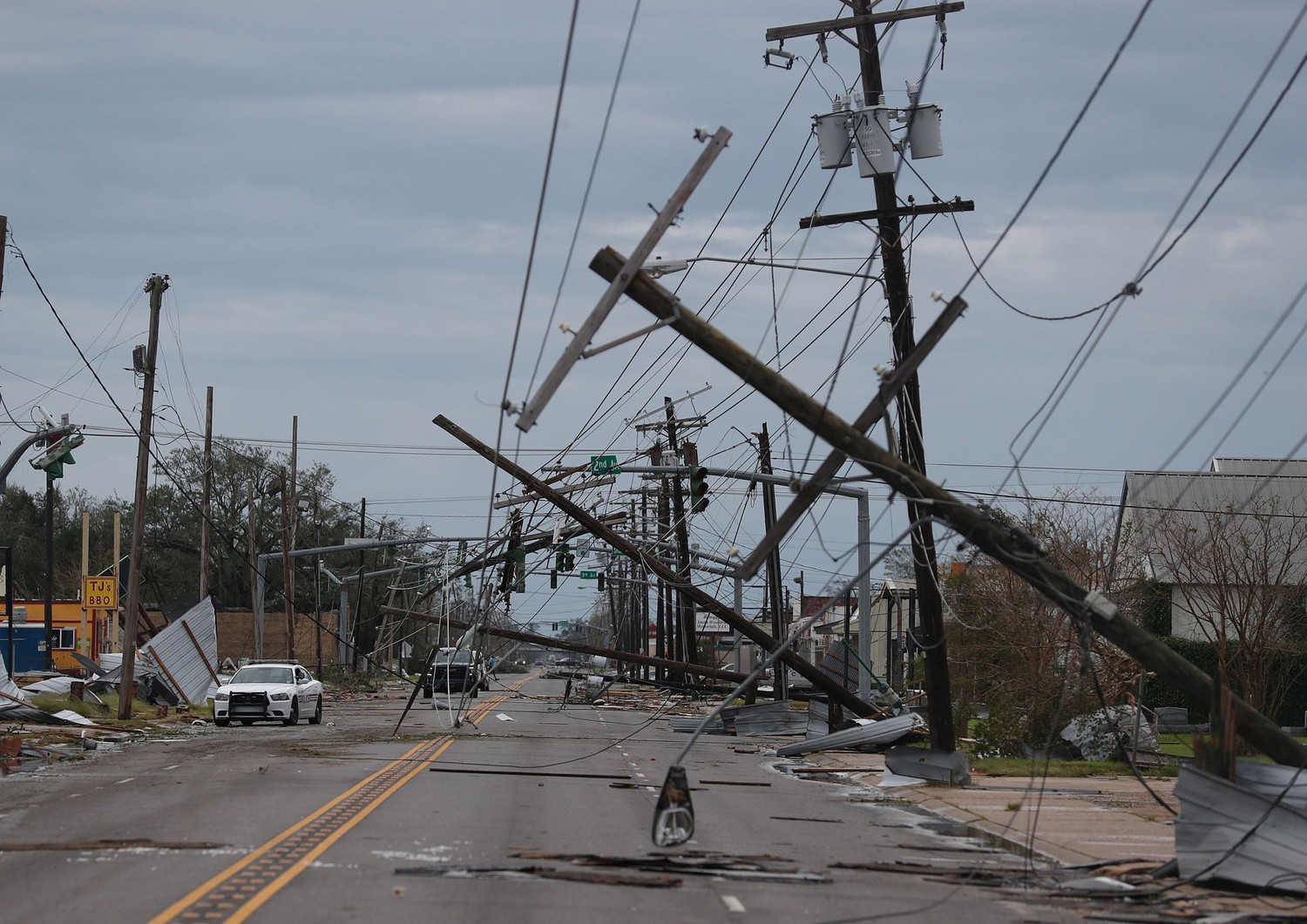

Oil containment boom in a tree in marshland along the Gulf Coast in Cameron Parish, Louisiana. Oil sheen near a tank spreading in floodwaters left in the wake of Hurricane Laura.

Louisiana has to worry not only about its active oil and gas wells, but also its thousands of orphaned wells, which are no longer in production and have been abandoned by their former owners.

Given the more than 1,400 oil wells in Hurricane Laura’s path, I was not surprised to find slicks of oil along the coast after the storm. However, the vast area of coastline now shimmering with oil and crumpled metal was a reminder of what any strong storm can do when it collides with the area of the Gulf Coast dotted with oil and gas production sites. While the hurricane’s storm surge was not as high as initially predicted, its coastal flooding and 150 mile-per-hour winds still left a trail of devastation.ĭamaged cemetery in Cameron Parish on September 3, 2020. reported on August 27 that federal and state emergency responders would focus first on search-and-rescue operations before eventually pursuing oil spill inspections and possible cleanups. “We are just 10 days out,” Courreges said by phone on September 8. How much oil did Hurricane Laura’s impact cause to spill with its powerful winds, rain, and storm surge? While the storm made landfall on August 27, Louisiana Department of Natural Resources ( DNR) spokesman Patrick Courreges told DeSmog it is still too early to assess the storm’s damage. Oil sheen in floodwaters around homes in Cameron Parish, Louisiana, on September 3.

Oil sheen in the wetlands inland from the Gulf of Mexico in Creole, Louisiana on September 2, 2020. Oil sheen near an oil and gas production site in New Iberia Parish, Louisiana, following Hurricane Laura. Scientists say warmer ocean waters due to human-caused climate change is making hurricanes like Laura stronger and causing them to intensify more rapidlyįor miles along the western Louisiana coastline near the Texas border, I spotted large swathes of land and water that appeared coated with oil, visible as the floodwaters receded between the small communities of Grand Chenier and Cameron. On September 2 and 3, I also documented oil sheen in waterways along the bayous from Cameron north to the city of Lake Charles and as far east as New Iberia, roughly 130 miles west of New Orleans.
#HURRICANE LAURA AFTERMATH FULL#
Almost a week after Hurricane Laura struck Louisiana’s coast, which is studded with oil and gas industry pipes, tanks, wells, and rigs, I photographed from the sky oil sheen along at least 20 miles of marsh and bayous that absorbed the full strength of the storm.


 0 kommentar(er)
0 kommentar(er)
